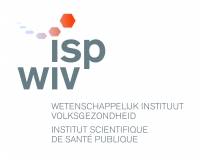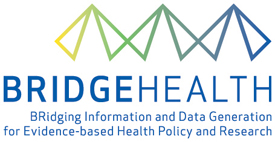Healthy Life Years
Health expectancies were developed to address whether or not longer life is being accompanied by an increase in the time lived in good health (the compression of morbidity scenario) or in bad health (expansion of morbidity). Health expectancies divide life expectancy into life spent in different states of health, from say good to bad health. In this way they add a dimension of quality to the quantity of life lived.
The European Life and Health Expectancy Information System (EHLEIS) monitors several health expectancies based on the Minimum European Health Module (MEHM) and three health dimensions: Life expectancy in good perceived health, life expectancy without chronic morbidity and life expectancy without activity limitation. The later was selected in 2004 to be one of the structural indicators for assessing the EU strategic goals (Lisbon strategy) under the name of “Healthy Life Years” (HLY). It is based on a specific question on long-term disability, the Global Activity Limitation Indicator (GALI).
Keeping people healthy and active for a longer period of time has a positive overall effect on the quality of life and a positive impact on productivity and competitiveness, while reducing pressures on national budgets. Therefore in the current policy strategy “Europe 2020: A European Strategy for smart, sustainable and inclusive growth” the first partnership of “Innovation Union” focuses on active and healthy ageing. The overarching target of this partnership is to increase the average healthy lifespan by two years by 2020.
Within BRIDGE Health, using the experience of the previous EU projects in this domain (such as EURO-REVES and EHEMU) and in collaboration with EHLEIS, we will focus on:
- the evaluation of HLY in policy development and evaluation in the European Union with a comparative study at Member State level,
- country reports on Health Expectancy in English and other European languages,
- systematic review of validation studies of the GALI.
The main contributers to this research field are:
 |  |

